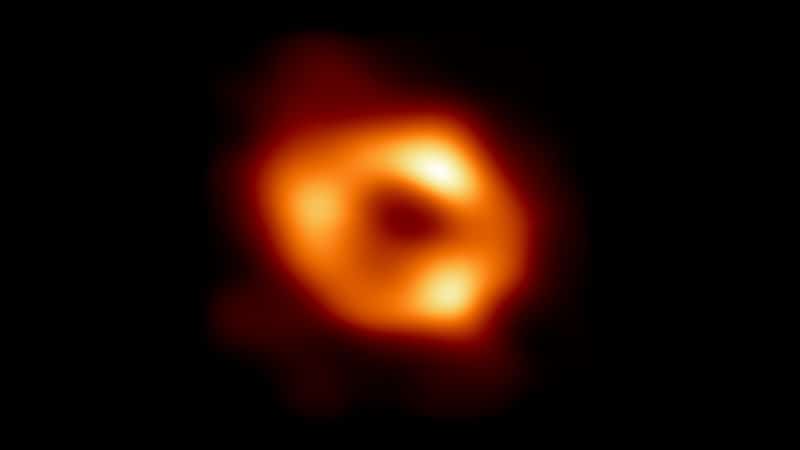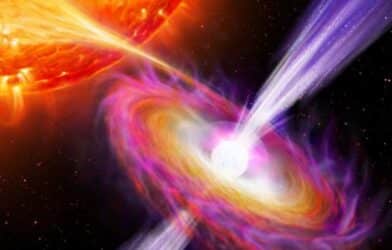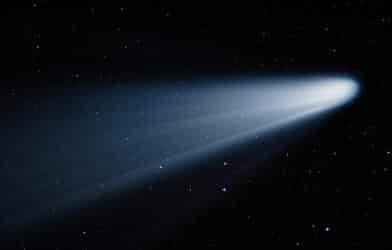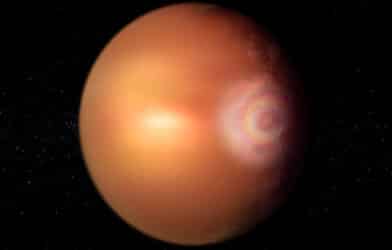Astronomers have long theorized that a supermassive black hole lurks at the center of our galaxy but never could take an image of the object — until now.
The Event Horizon Telescope (EHT) Collaboration, a global-research team, recently released a picture of the supermassive black hole, called Sagittarius A (Sgr A*), at the center of the Milky Way galaxy. The scientists pieced together the image with data gathered by a network of radio telescopes apart of the collaboration.
Black holes are dense areas that distort the fabric of space and time. They typically form after the core of a dead star collapses in on itself. Supermassive black holes like Sgr A* are the biggest kind of black holes, which astronomers believe reside at the center of most galaxies.
Since light cannot even escape black holes, taking a direct picture of Sgr A* is impossible. Rather, the scientists captured a snapshot of a ring of gas around a dark region, known as the shadow, of the black hole.
“We were stunned by how well the size of the ring agreed with predictions from Einstein’s Theory of General Relativity,” says EHT Project Scientist Geoffrey Bower in a statement. “These unprecedented observations have greatly improved our understanding of what happens at the very center of our galaxy, and offer new insights on how these giant black holes interact with their surroundings.”
The ring of glowing gas swirls around the black hole’s event horizon, a boundary that nothing can return from upon passing. Scientists infer the existence and certain characteristics of black holes based upon the effect they exert on surrounding gas and other orbiting bodies. At 27,000 light years away, astronomers estimate Sgr A* to have a mass 4.6 million times the mass of the sun.
To obtain the image, the scientists behind the collaboration linked together eight radio telescopes around the globe to create a giant virtual telescope, which observed the black hole for several days. They then used supercomputers to assess the data retrieved by the telescopes and produce the image of the black hole.
This marks the second image the EHT Collaboration captured of a supermassive black hole. In 2019, the group unveiled the first image of an even bigger supermassive black hole, called M87*, at the center of a nearby galaxy. Although M87* is significantly larger than Sgr A*, scientists were struck by how the celestial bodies resemble each other:
“We have two completely different types of galaxies and two very different black hole masses, but close to the edge of these black holes they look amazingly similar,” says Sera Markoff, co-chair of the EHT Science Council. “This tells us that general relativity governs these objects up close, and any differences we see further away must be due to differences in the material that surrounds the black holes.”
Results of the collaboration allow astronomers to compare and contrast the black holes and could help clarify competing models about the way gas behaves in these extreme environments.
The findings appear in The Astrophysical Journal Letters.










-392x250.png)

